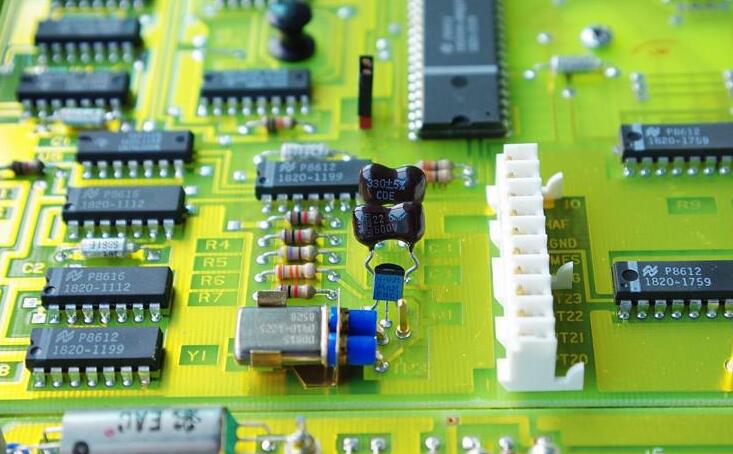How did PCBA evolve
At present, the country has higher and higher requirements for environmental protection and greater efforts in link governance. This is a challenge but also an opportunity for PCB factories. If the PCB factory is determined to solve the problem of environmental pollution, then FPC flexible circuit board products can be at the forefront of the market, and the PCB factory can get the opportunity to develop again.
The Internet era has broken the traditional marketing model, and a large number of resources have been gathered together to the greatest extent through the Internet, which has also accelerated the development speed of FPC flexible circuit boards, and then as the development speed accelerates, environmental problems will continue to appear in PCB factories. In front of him. However, with the development of the Internet, environmental protection and environmental informatization have also been developed by leaps and bounds. Environmental information data centers and green electronic procurement are gradually being applied to the actual production and operation fields.
How did PCBA evolve? What is the difference between PCBA and PCB? What are the development prospects of PCBA? Let's take a look at it in detail below.
The Chinese name of PCB is printed circuit board, or printed circuit board for short. PCB is an indispensable part of the electronics industry. PCB has been applied to all kinds of electronic equipment, such as small calculators, electronic watches, large computer communication electronic equipment, military weapon systems, as long as there are electronic components such as integrated circuits, in order to allow them to interact with each other. Even, printed boards must be used.

In the research process of larger electronic products, the most basic success factors are the design, documentation and manufacturing of the product's printed board. The design and manufacturing quality of printed boards directly affects the quality and cost of the entire product, and even leads to the success or failure of commercial competition. PCBA: PCBA=Printed Circuit Board Assembly, which means that the empty PCB board passes through the SMT component, and then passes through the DIP plug-in board, which is called PCBA. The PCBA with the components already attached, only need to assemble the shell, debug the program, and a complete electronic product is finished.
Since 2009, more and more electronic product manufacturers, in order to save the trouble of contacting the patch manufacturers after purchasing PCBs, they usually make two choices: let the PCB manufacturers produce PCBs. Simultaneous chip processing, or let chip manufacturers replace the purchase of PCB. In the two modes, the PCBA purchased by the electronic product manufacturer can be directly assembled and used to produce the finished product.
Generally speaking, manufacturers of electronic products will choose manufacturers that are capable of one-stop PCBA processing, or choose placement factories and let the placement factories purchase PCBs on their behalf. It is a very simple matter for SMT manufacturers to purchase PCBs. They only need to ask customers to provide production drawings and production processes; and the PCB market price is becoming more and more transparent and easy to purchase. However, because PCB manufacturers do not understand the products and prices of various components, it is difficult to contact the SMT factory for SMT production, and they can only focus all their attention on the production of PCBs, which in vain loses customers who need contemporaneous processing.
Since 2010,PCB manufacturers have gradually expanded their factories and increased PCBA generation processing lines while producing PCBs. This one-step approach has been recognized by many electronic product manufacturers. Of course, this approach has advantages and disadvantages. The profit margins of OEM manufacturers are increasing, but the risks are also increasing at the same time. Mainly because it is necessary to purchase components for customers, the components required for each electronic product are also different, even if the same product, the design drawings are different, and the components used are different. If the type of components purchased is wrong, the board and components will be scrapped at the same time. It is also difficult to estimate the direct economic losses. The increase in manpower and material resources is also inevitable. Under the pressure of market competition, simultaneous processing of PCB and PCBA is also inevitable.